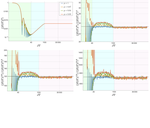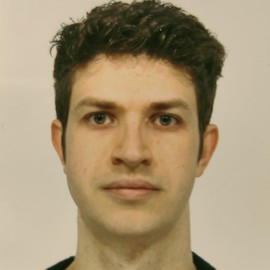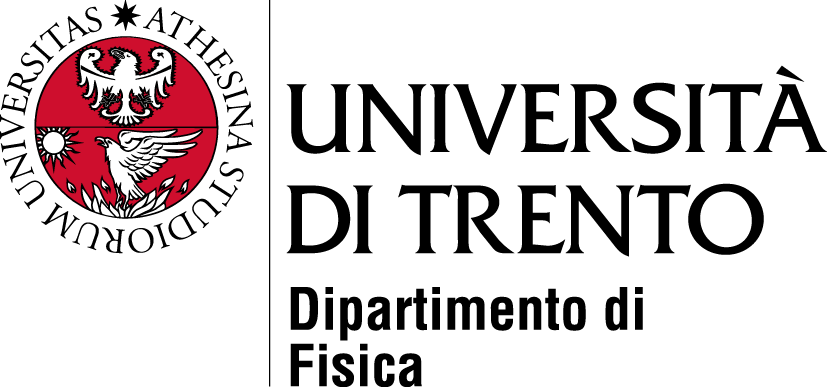Research

Quantum Simulation
Solving quantum many-body problems beyond the limits of classical computers using quantum devices
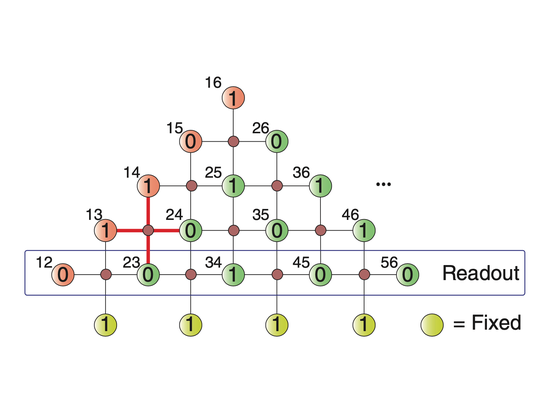
Quantum Computation
Developing algorithms for solving real-world problems on today’s and tomorrow’s quantum computers

Many-Body Entanglement
Unravelling the mysteries behind the most exotic phases of quantum matter
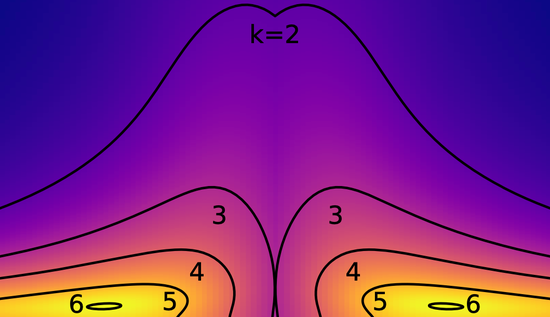
Novel Measurement Tools for Many-Body Experiments
Shedding light on hidden properties of quantum many-body systems
Our research is geared towards leveraging the potentials of quantum matter with the aim of developing novel quantum technologies such as quantum simulation, quantum computation, and quantum metrology.
We perform theoretical studies based on analytical and numerical methods, as well as develop proposals for realizing and characterizing phase diagrams and non-equilibrium dynamics of quantum many-body systems.
These proposals draw on the astonishing abilities of quantum devices, e.g., based on ultracold quantum gases, trapped ions, or superconducting qubits, which are now reaching a level of precision and control that has been unimaginable just a few decades ago.
Go ahead and find out more about our research topics by clicking on the project cards above.




